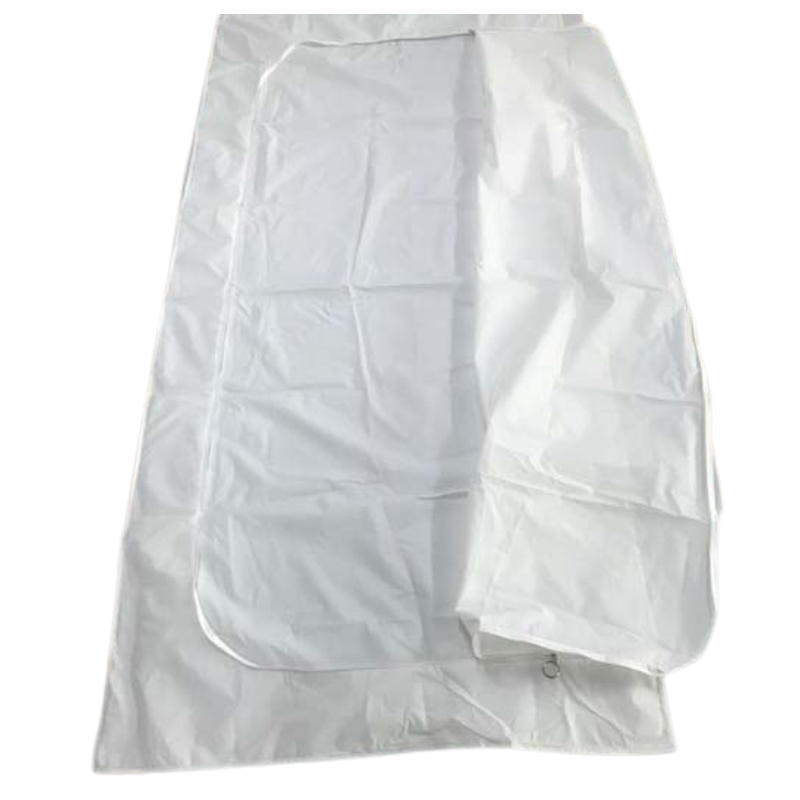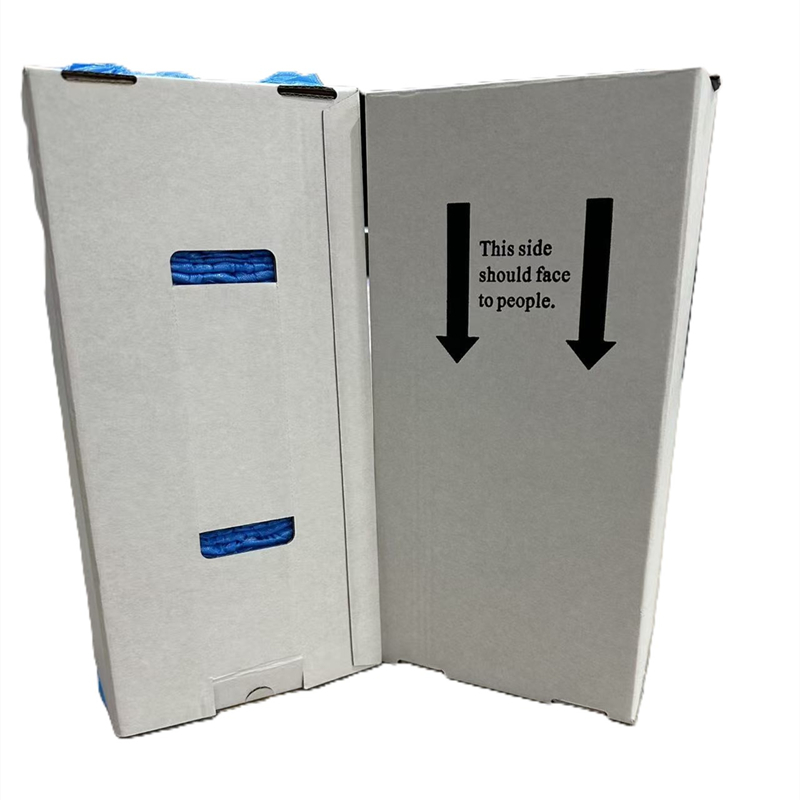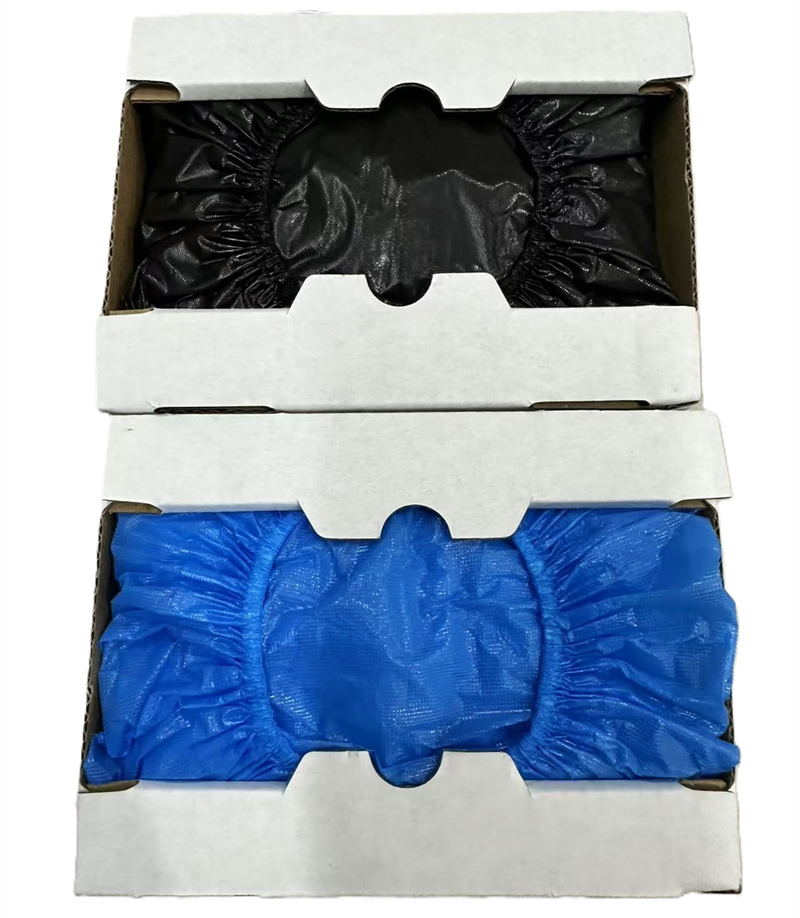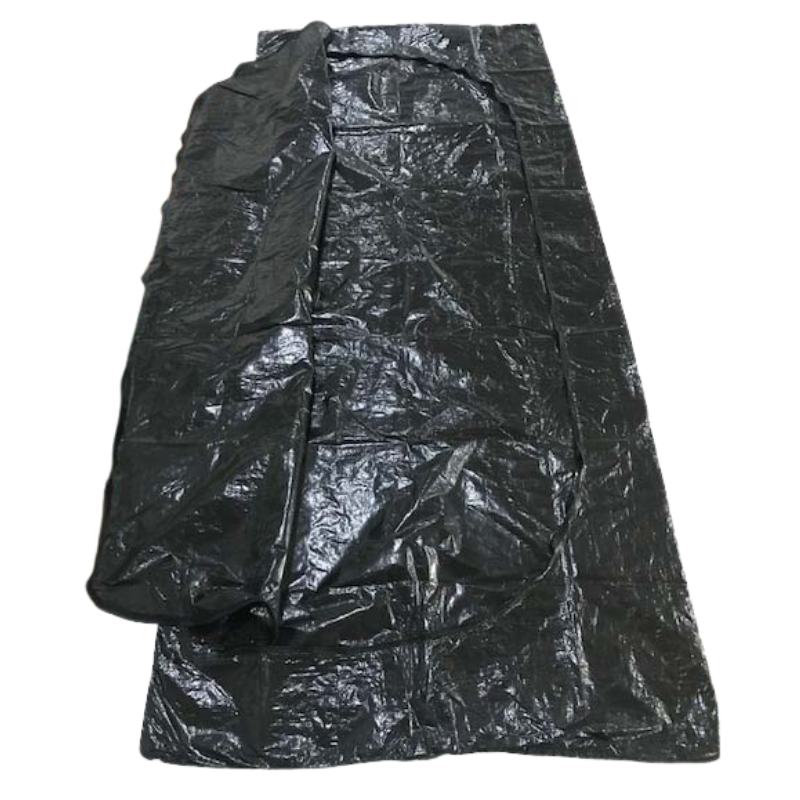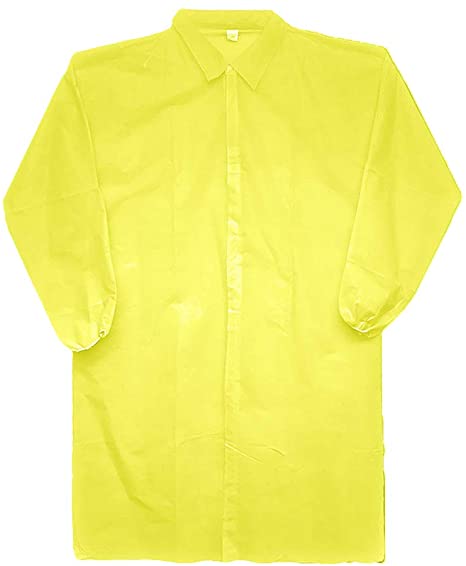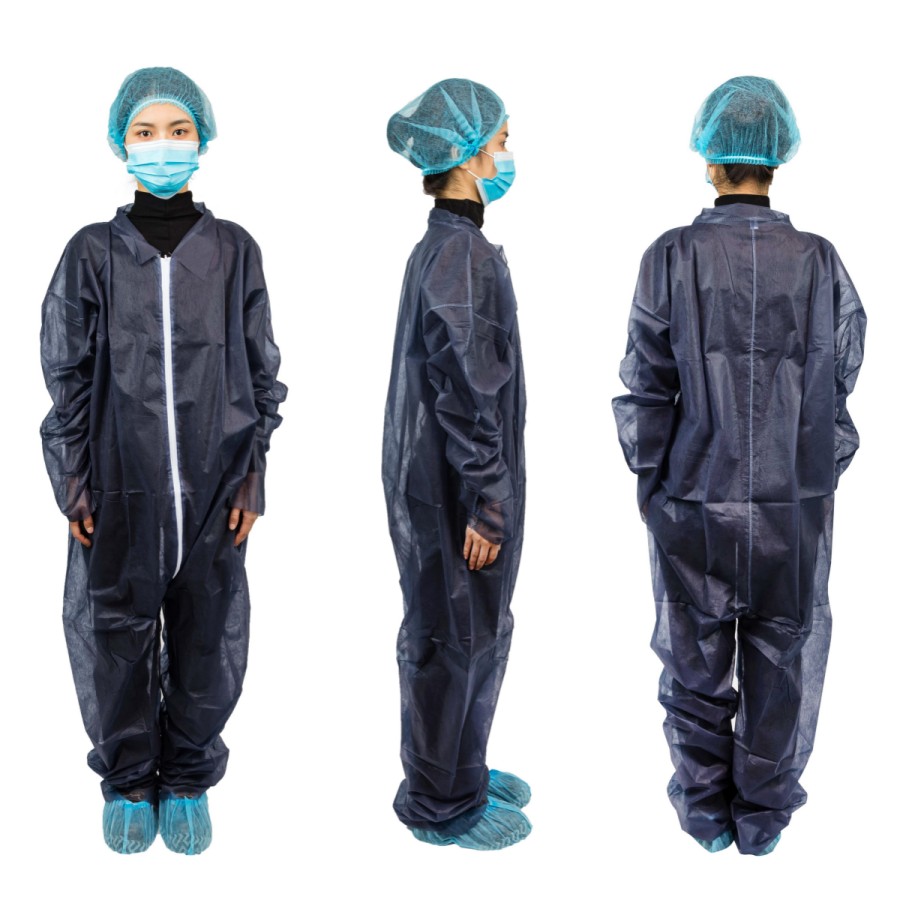Have you ever wondered what your things are made of? We use many items every day. Many of these are made of plastics. It is good to know about these materials. Today, we will learn about three materials. They are called PEVA, EVA, and PVC. We will learn the differences between them. This helps you pick the best and safest things.
What is PEVA Material?
First, let’s ask, what is PEVA material? PEVA is a type of plastic. The long name for PEVA is polyethylene vinyl acetate.
The best thing about PEVA is that it is chlorine-free. This means it does not have a chemical called chlorine. Because it is chlorine-free, it is a safer alternative to other plastics. It is non-toxic. This means it is not harmful. PEVA is soft and has good flexibility. It is also odorless, so it does not have a bad smell. It is used for many consumer products.
What is EVA Material?
Next, let’s look at EVA. The long name for EVA is ethylene-vinyl acetate. It is a lot like PEVA. It is also a safe plastic. EVA has many good properties.
- It has a rubber-like softness.
- It has good durability. This means it is strong and lasts a long time.
- It has good low-temperature toughness. It does not get hard or crack when it is cold.
- It has good stress-crack resistance. It does not break easily when you bend it.
- It has good UV resistance. The sun does not harm it easily.
Like PEVA, EVA is also a safer alternative because it is non-toxic. It is great for soft things like the foam in shoes. You can even find comfy disposable EVA slippers for SPA made from this material.
What is PVC Material?
Last, let’s talk about PVC. The long name for PVC is polyvinyl chloride. It is also known as vinyl. You can find this plastic in many places.
The composition of PVC, or what it is made of, is different. It has chlorine. To make PVC soft, a chemical called a plasticizer is added. Some people have health concerns about the chlorine and plasticizers. PVC can also have a strong smell.
What Are the Big Differences?
Knowing the differences is important for good material selection. Here is a list to help you see how they are different.
- Safety: PEVA and EVA are chlorine-free. This makes them a safer alternative to PVC.
- Our Earth: PEVA and EVA are a more eco-friendly alternative. This is important for sustainability. PEVA is more biodegradable, which means it can break down in the earth. Both are more recyclable than PVC.
- Smell: PEVA and EVA are odorless. They have no smell. PVC can have a strong chemical smell.
What Are They Used For?
These materials have many different applications or uses.
- PEVA Applications: PEVA is great for food packaging and other disposable products. Because it is safe and waterproof, it is used to make things like disposable body bags PEVA.
- EVA Applications: EVA is used for toys, shoes, and craft foam. It is also used in some medical devices. Its softness makes it perfect for disposable pedicure slippers EVA foam.
- PVC Applications: PVC has many industrial applications. It is used for pipes and window frames. It is very waterproof, so it is sometimes used to make a reusable PVC rain coat.
Choosing the right material depends on your specific needs. You must think about performance and production cost. For things that touch your body or your food, PEVA and EVA are the best choice. They are a safe and cost-effective option.

